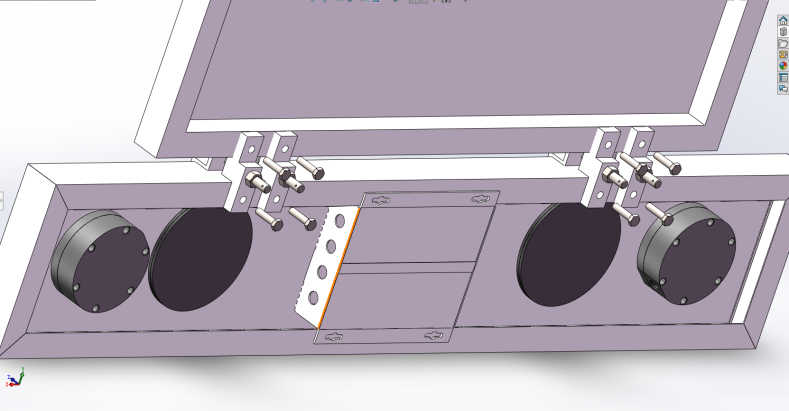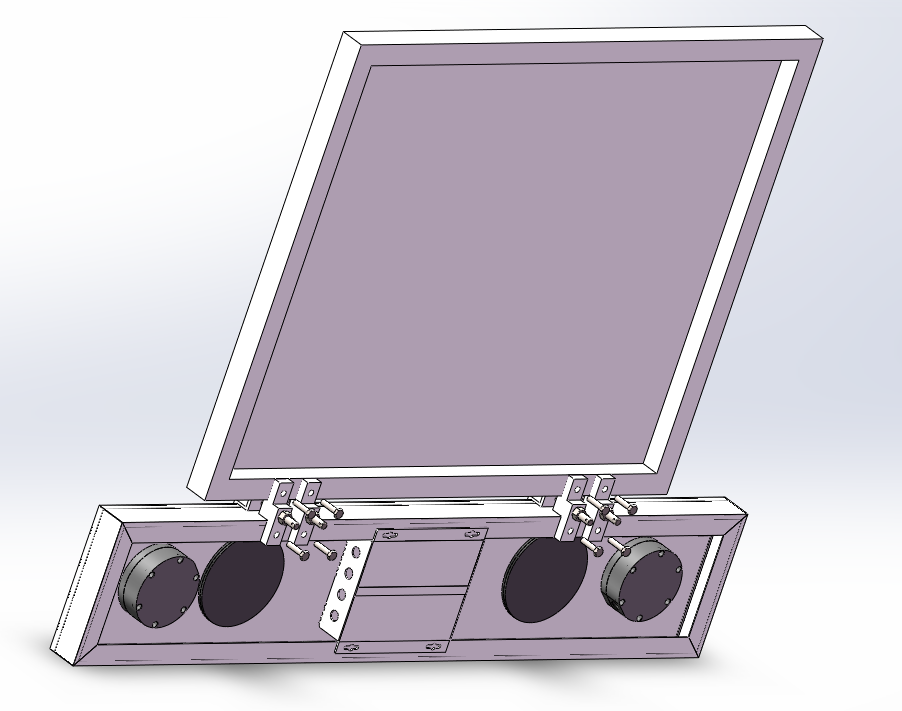

— Blogs —
—Products—
 Consumer hotline +8618073152920
Consumer hotline +8618073152920 WhatsApp:+8615367865107
Address:Room 102, District D, Houhu Industrial Park, Yuelu District, Changsha City, Hunan Province, China
Product knowledge
Time:2025-04-20 16:57:32 Popularity:11
Soiling Sensors are devices specifically designed to measure the accumulation of contaminants (such as dust, sand, salt, etc.) on the surface of photovoltaic (PV) panels. As environmental pollutants accumulate, the light transmittance of the solar panels decreases, leading to a loss in energy output. Soiling Sensors help solar power system operators monitor the accumulation of pollution in real-time, allowing them to determine when the panels need cleaning to maximize the efficiency of the solar power system.
Soiling Sensors typically use optical or infrared technologies to measure changes in light intensity, which helps calculate the level of pollution. These sensors detect variations in the amount of sunlight reaching the panels, indirectly reflecting the accumulation of pollutants. As contaminants increase, the transmittance of the solar panel's surface decreases, causing a reduction in light intensity. The sensors can detect this change and output relevant data.
1. Real-Time Pollution Monitoring: Soiling Sensors provide real-time pollution data, allowing solar power plant operators to monitor the cleaning needs of each module precisely.
2. Optimizing Maintenance Strategies: By measuring the degree of pollution, operators can optimize cleaning cycles, avoiding over-cleaning or delayed cleaning, thus improving cost-effectiveness.
3. Improving Photovoltaic Plant Efficiency: Timely cleaning ensures the maximum energy output from PV panels, reducing energy loss caused by pollution.
4. Enhancing Return on Investment (ROI): Since pollution reduces power generation, regular cleaning of PV panels ensures the ROI of the solar plant is maximized.

Soiling Sensors evaluate pollution levels by measuring changes in sunlight as it passes through the surface of the PV panels. Specifically, they work in the following ways:
- Light Intensity Measurement: The sensors measure the amount of sunlight that reaches the surface of the panels. As pollutants accumulate, more sunlight is blocked, and the recorded light intensity decreases.
- Reflected Light Measurement: By measuring the amount of light reflected off the panel's surface, the sensors can calculate the pollution level since contaminants alter the intensity of reflected light.
- Power Supply Voltage: DC 12V
- Signal Output: RS485, supports MODBUS protocol
- Baud Rate: 9600 bps
- Power Consumption: 1W
- Soiling Ratio Range: 50% to 100%
- Measurement Accuracy:
- ±1% (Measurement range: 90%-100%)
- ±3% (Measurement range: 80%-90%)
- ±5% (Measurement range: 50%-80%)
- Temperature Measurement (optional): -50°C to +100°C
- Temperature Measurement Accuracy: ±0.5°C (at 25°C)

Soiling Sensors help solar power plants detect the loss of efficiency caused by pollution in a timely manner. By accurately measuring the pollution levels, operators can schedule cleaning more effectively, ensuring the solar modules operate at peak efficiency. This is particularly important in areas with heavy dust or sand, such as deserts or coastal regions, where pollution issues are more severe.
Additionally, sensor data provides solar power plants with detailed pollution statistics, which help analyze the type and seasonal variation of pollution. This data serves as a basis for long-term operational decisions, reducing operational costs and improving the overall system's revenue.
Pollution sensors not only provide real-time data but also assist in data analysis to optimize PV plant operations. Through long-term data accumulation and analysis, operators can:
- Predict Pollution Patterns: By analyzing historical data, they can understand the seasonal changes in pollution for a specific region. For example, in desert areas, pollutants may peak during dry seasons, and advance cleaning plans can help reduce energy loss.
- Smart Maintenance: Data can be integrated with other sensors (such as temperature, humidity, and light intensity sensors) and analyzed with smart algorithms to predict the optimal cleaning cycle. This prevents unnecessary costs due to over-cleaning while ensuring system efficiency.
- Remote Monitoring: By connecting the data from Soiling Sensors to cloud platforms, remote monitoring personnel can access real-time pollution data without needing to visit the site. This is especially important for large-scale solar plants, saving both time and labor costs.
Soiling Sensors not only enhance the energy efficiency of PV plants but also contribute positively to environmental protection and sustainability. By reducing the impact of pollutants on solar panels, unnecessary cleaning frequencies can be minimized, reducing the use of water and chemical cleaners, thus lessening environmental impact. Moreover, timely cleaning extends the lifespan of solar panels, reducing the potential for waste.
Soiling Sensors play a crucial role in solar photovoltaic systems. By accurately detecting the pollution levels on PV panels, they help operators clean the panels promptly, ensuring the system operates at its best. The use of these sensors significantly improves the efficiency of solar power plants, extends the lifespan of equipment, and reduces unnecessary maintenance costs. Therefore, Soiling Sensors have become an indispensable part of modern solar power plants.
Prev:Soiling Stations for Solar PV Projects: Importance and Application
Next:Soiling station is a soiling monitor based on PV reference measurements
Related recommendations
Sensors & Weather Stations Catalog
Agriculture Sensors and Weather Stations Catalog-NiuBoL.pdf
Weather Stations Catalog-NiuBoL.pdf
Related products
 Combined air temperature and relative humidity sensor
Combined air temperature and relative humidity sensor Soil Moisture Temperature sensor for irrigation
Soil Moisture Temperature sensor for irrigation Soil pH sensor RS485 soil Testing instrument soil ph meter for agriculture
Soil pH sensor RS485 soil Testing instrument soil ph meter for agriculture Wind Speed sensor Output Modbus/RS485/Analog/0-5V/4-20mA
Wind Speed sensor Output Modbus/RS485/Analog/0-5V/4-20mA Tipping bucket rain gauge for weather monitoring auto rainfall sensor RS485/Outdoor/stainless steel
Tipping bucket rain gauge for weather monitoring auto rainfall sensor RS485/Outdoor/stainless steel Pyranometer Solar Radiation Sensor 4-20mA/RS485
Pyranometer Solar Radiation Sensor 4-20mA/RS485
Screenshot, WhatsApp to identify the QR code
WhatsApp number:+8615367865107
(Click on WhatsApp to copy and add friends)